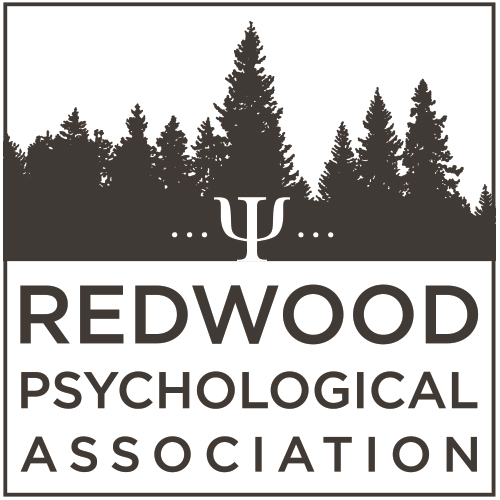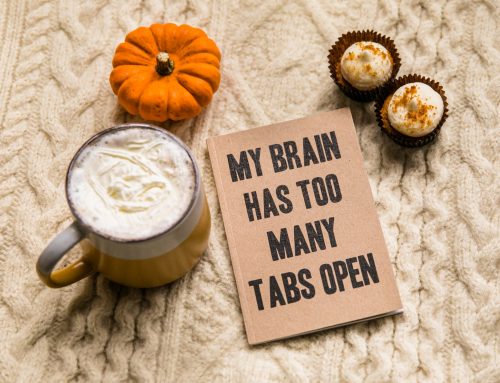Published in the American Journal of Psychiatry
February 2, 2022
The authors are John C. Markowitz, M.D., Jesse H. Wright, M.D., Ph.D., Frenk Peeters, M.D., Ph.D., Michael E. Thase, M.D., James H. Kocsis, M.D., & Donna M. Sudak, M.D.
The concept of treatment-resistant or treatment-refractory depression (TRD) has evolved over 40 years since the recognition that some patients minimally benefit from repeated antidepressant medication trials. No uniform definition exists for TRD (1–10). What constitutes TRD has unfortunately varied across settings and literature reviews, differing in defining trial adequacy, nonresponse, retrospectively versus (more rigorous) prospectively defined nonresponse, and threshold number of trials and medication classes. With infrequent exceptions (5, 7), definitions have been restricted to repeated nonresponse to medication, with or without neuromodulation therapy (e.g., transcranial magnetic stimulation [TMS], ECT) (1–4, 6, 8–11). The STAR*D study, the grandest TRD experiment, was unusual in including one psychotherapy—alone, or with pharmacotherapy—as one step among multitiered prospective trials (4, 12). More commonly, psychotherapy is ignored (13). Even TRD staging systems that include psychotherapies equate them interchangeably with pharmacotherapies, as if their prognostic impact and benefits were equivalent.
TRD definitions are overly narrow. Decades of research demonstrate that time-limited cognitive-behavioral therapy (CBT) (14), interpersonal psychotherapy (IPT) (15), and others treat mild to severe nonpsychotic major depression (16, 17) and—based on limited research—treatment-resistant depression comparably to medications (13, 18). Van Bronswijk and colleagues meta-analyzed the limited TRD psychotherapy literature, finding a moderate effect size (d=0.42) for improvement in psychotherapy plus usual treatment over usual treatment alone (13). This magnitude matches those in controlled studies of common adjunctive pharmacotherapies (19, 20). So why omit a whole treatment class from TRD definitions? Why not give psychotherapy a central role, as requiring exposure/response prevention therapy has in defining treatment-intractable obsessive-compulsive disorder (21, 22)?
Psychotherapies may have differential advantages for patients whose depressive episodes arise with particular outlooks or symptoms, or from particular stressors (7, 23). Although today pharmacotherapy is increasingly the primary intervention, three-quarters of depressed patients prefer psychotherapy (24). Prescribers often ignore patient preference (25) even though treatment preference can (26) (if variably [27]) influence treatment outcome.
Different modalities may target different symptoms or benefit different patients. When effective, antidepressant pharmacotherapy relieves mood and neurovegetative symptoms faster than psychotherapy but helps patients less in understanding and partnering in managing their illness. Medications do not help patients structure their lives and seek positive experiences, like behavioral therapy (28); recognize and test painful, distorted negative thinking, like cognitive therapy; or understand and use emotions to solve interpersonal difficulties and mobilize social support, like IPT (29). Psychotherapy may emotionally alter patients’ self-regard, distinguishing self from illness: recognizing they are not “defective,” as they often believe, but ill. This distinction is salient when beleaguered by TRD. Patients improving in psychotherapy credit themselves more than do those swallowing pills.
We lack firm evidence on whether matching patient characteristics to treatments yields differential outcomes. Treatment selection research is nascent and complex (30). Our experience in psychotherapy trials and clinical practice indicates that patients barraged by negative thinking, diminished pleasurable activities, and indecision may find CBT or behavioral activation useful; those depressed in the context of troubled marriages, career disappointments, or complicated bereavement may respond to IPT. A widow unable to grieve may partially improve on medication (31) but needs catharsis and outlook modulation to recover. Psychotherapy may temper the inherent depressive hopelessness and demoralization that repeated medication nonresponse reinforces (32). Patients complaining, “Nothing helps me” may be reporting treatment history, not distorted thinking.
Whether psychotherapies have advantages over medications in clinically defined subgroups remains untested. The reality may be nuanced. Some depressed individuals in bad marriages who respond to pharmacotherapy may strengthen their relationships. Others may respond but relapse despite medication adherence. In our experience, such “poop-out” (33) commonly occurs amid ongoing interpersonal difficulties. Nevertheless, this scenario, like TRD itself, often receives a purely biological description: “tachyphylaxis” (33, 34). Such patients might appear “treatment resistant” to medication but not to psychotherapy-enhancing interpersonal skills. Hence TRD evaluations should always assess the type, intensity, and quality of patients’ past psychotherapies.
Patients reporting prior ineffective psychotherapies critically need psychoeducation. As with pharmacotherapy, one psychotherapy may work when another has not. Clinicians can disclose that many effective options exist: sometimes finding a solution requires several attempts. A strong therapeutic alliance, balancing realistic therapeutic optimism with recognition of suffering, facilitates ongoing collaboration to weather unsuccessful trials. Often feeling like failures and expecting poor outcomes, TRD patients may need reminding: they have not “failed.” Rather, the treatments have failed them.
Combining or sequencing antidepressant psychotherapy with pharmacotherapy increases treatment acceptability (35), enhances medication adherence (36), and exploits treatment synergies (37). For advanced level TRD, psychotherapy can enhance TMS response (34) and reduce post-ECT relapse risk (38, 39). Recent TRD protocols build supportive psychotherapy into most psilocybin (40, 41) (but not ketamine [42–44]) trials. Experts recommend combined treatment for TRD (16, 45, 46).
Overhauling TRD is overdue (47). Peeters et al. developed a TRD staging method in 2016 including psychotherapy trials (7). So did Conway and colleagues in their 2017 two-stage model. Stage 1 TRD involved “failure of two adequate dose-duration antidepressants or psychotherapy from different classes (either in combination or succession) in the current episode”; stage 2 required a third trial. “Adequate” meant “eight attended sessions of a…psychotherapy with demonstrated MDD effectiveness (e.g., CBT or IPT)” (4, p. 10).
We propose that TRD staging require not only nonresponse to at least two prospective adequate antidepressant medication trials (sufficient dosage for sufficient duration), but also nonresponse to at least one adequate trial (trained therapist, completed 9–16 sessions) of an evidence-based antidepressant psychotherapy (17). Perhaps true TRD should further demand nonresponse to a combined psychotherapy/pharmacotherapy trial. Treatment algorithms should include evidence-based psychotherapies, which should partially define TRD.






